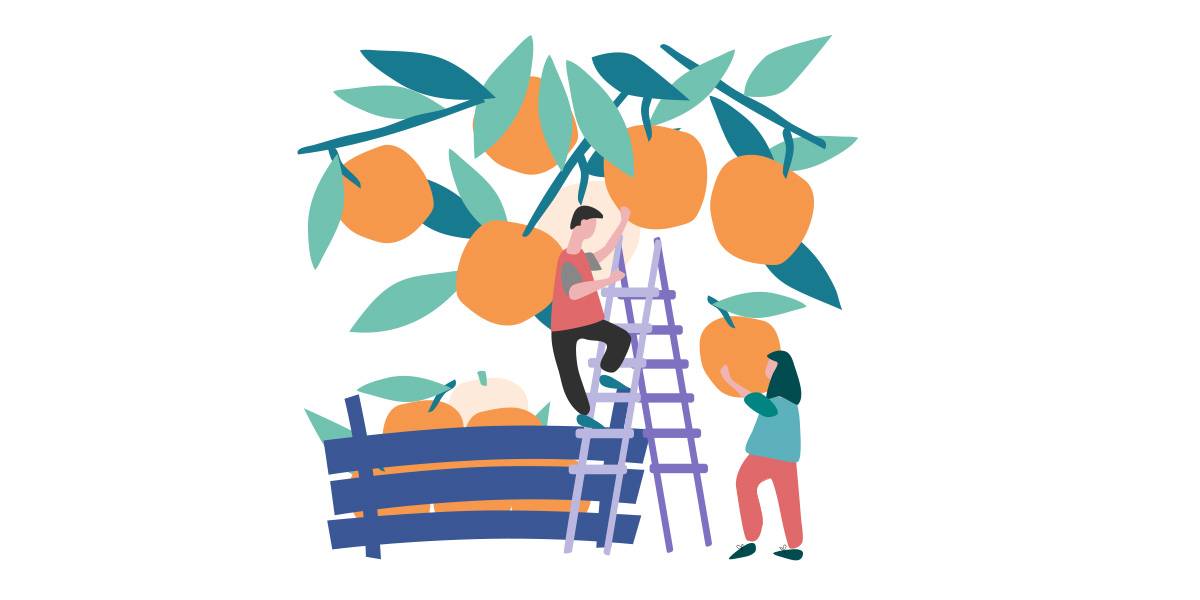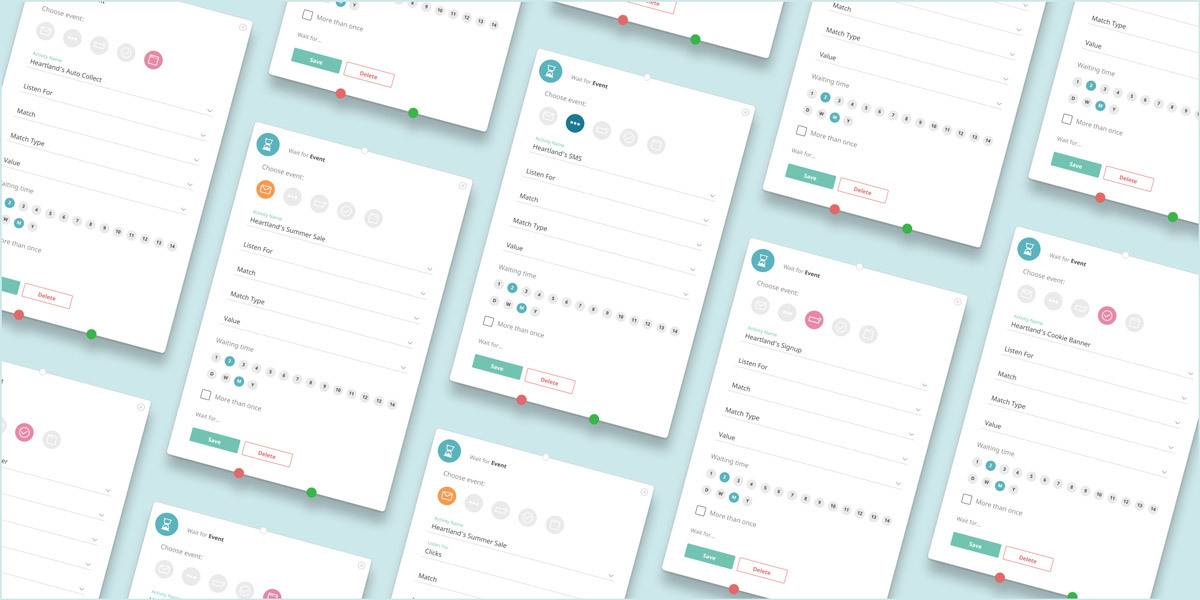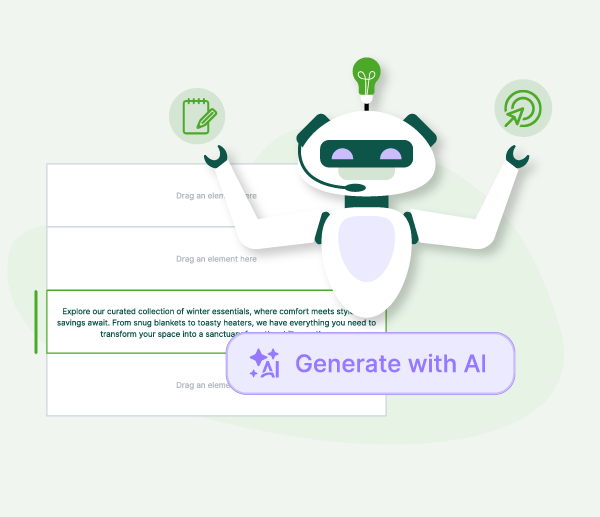How Marketers Can Adapt to COVID-19: From Data to Low-Hanging Fruit
Echoing aisles, economic turmoil, and strained resources: we’re amid the first pandemic of the digital age with effects that might echo for a long time forward. So how should you, as a marketer, adapt and react? We’ve gathered 7 supportive tips – from data to low-hanging fruit.

Reevaluate Your Marketing Activities
Communication is key during crises. But now is not the time bang on one’s chest. It’s time to hit the reset-button and reflect on your ongoing and upcoming marketing activities.
Strategy, budget, and creative elements should always be seen through the lens of customers. Right now, you need to understand the emotional state people are in and what messages they’re receptive to.
Take a look at your marketing plan. Do any of your upcoming campaigns feel unclear, disjointed or as if they’re lacking a proper context? Is there a chance that any of the planned activities might lead to a negative brand impact? If the answer is yes – you should pivot and revise. Smart marketing means knowing when to send – and when to stay silent.
But!
Even though the context might be wrong now, it doesn’t mean that you should move it to trash. You should just tweak or postpone the campaigns or events that feel out of touch or out of context.

Increase Ease In The COVID-19 Customer Experience
Every person has individual needs and pain points. But we’re hardly going out on a limb when we say that COVID-19 has put new (and more) pressure on the customer experience.
When faced with unprecedented events, we don’t know how to cope with, nor process, the new preconditions of everyday life. So, we tend to seek solutions that help us carry on with as much ease as possible. As a result, you may want to:
- Offer free home delivery. Right now, customers feel less inclined to stand in a crowded line at the local post office.
- Personalise communications to present relevant content and offers. This method creates a nifty shortcut toward conversion by cutting out unnecessary page views and scrolling.
◦ Personalised product recommendations is a way to serve relevance on a platter by
creating a purchase proposal based on behavioural, historic, and demographic data.
◦ Map your website to gain insights which products your visitors have viewed. With
cookie consent tracking scripts in place, you can map out your website and gather
information about which products each and every customer profile engages with.
This data can then be used to enrich your overall marketing activities. Check out
APSIS One Website Personalisation tool for more information!
- Automate to create ease by ensuring that the right message reaches the right person at the right time. A tool for marketing automation uses attributes or behavioural data to trigger a sequence of communications that align with the recipients’ interests or status in the customer journey.
◦ Want to learn more or get inspired by examples? Check out our marketing automation
handbooks: Marketing Automation For B2B and Marketing Automation For B2C.
Plan and Produce Content To Guide Toward Purchase
During these times, customers need and want to keep their business or lives running as usual. For marketers and content creators, this means that you need to place extra emphasis on helping and guiding your customers toward purchase.
A common starting point is to create a customer journey map, which is a powerful way to understand needs, communicative contexts, and to identify opportunities as people move through the sales funnel. You can either create one for each audience, or one for all.
But if you're a data-driven maven, you might already have customer profiles and data analytics in place. With the help of a marketing platform that offers behavioural tracking and campaign analysis, you can decipher trends and gain insights to precisely tailor your content to each audience, segment or person.
Adapt Creative Advertising to Social Distancing
When people are practising social distancing, you need to adapt to the new rules of interpersonal contact – particularly in your social ads.

So, what’s the real-time impact on videos and imagery in marketing? Pattern89 studied 150 billion impressions’ worth of data, and uncovered the following impacts on visual advertising:
- Since March 12th, there’s been a 30% drop in social media ads featuring images or videos of human connection and a 12% drop in everyday human contact, such as hugging, kissing or holding hands.
- A 54% decrease in imagery with crowds and 19% fewer depictions of cities, as of March 31st.
- Electronic devices are now appearing in 39% of all social ads – perhaps due to the dependency on them as social landlines.
There are impacts on the tone of voice, too. Kantar surveyed 25 000 people in over 50 countries to gather their opinions about communications during COVID-19. Perhaps unsurprisingly, 75% feel that it’s wrong to exploit the situation. The same source states that:
- 70% want a calm tone in their commercial messages.
- 40% think that brands should avoid using humour in sombre times.
- 77% expect that brands should inform people about what companies are doing to help and reduce the spread.
Mitigate Uncertainty with Transparency
Transparency is a conduit of trust. Apart from your general tone of voice, you need to take a look at how and why you communicate. Currently, a lot of people and businesses are operating in a climate of uncertainty. And you need to stand out as an honest and responsible company people can rely on.
But why is this so important to nip uncertainty in the bud? Well, if you leave a void of uncertainty, your customers will fill the gap with their versions of the truth. So, you need to cut out subjective perceptions by communicating the efforts you’re taking to prevent the spread of COVID-19 and the impact it may have on your business.
Conversion Rate Optimisation Makes The Most out of Existing Traffic
Drive traffic, convert, and close. That’s the magic formula, right? Well, to generate new traffic is important, but now might be the time to put in a little extra work into getting more from your existing traffic. That’s where conversion rate optimisation (CRO) comes in.
In a nutshell, conversion rate optimisation is the process of fine-tuning elements on your site to increase the chance that your visitors convert. Basically, it gives you the possibility to work smarter – not harder.

Now, there are numerous ways to optimise your conversion points. A/B testing, heat maps, and content analytics will give you insights into how you can modify your pages to increase your click-through rate. But if you want to make easy changes now, you need to walk a mile in your customers’ shoes and look for evident hiccups that might impact your conversion rate.
Give Customer Retention Extra Attention
It’s easy to turn up the focus on customer acquisition in times when churn rates tend to soar and purchases dwindle. But customer acquisition cost (CAC) can easily run quite high, and it doesn’t always lead to an automatic uptick in cash flow.
Does this mean that you should drop your customer acquisition efforts? No, maintaining visibility in your market is essential for long-term profitability and continued investment. But what you might want to do is to send your existing customer a little extra love. Post-purchase communication is just as – if not more – important as the communications you put into the pre-purchase stage. In fact:
Post-purchase communications can be the main differentiator between keeping or losing your customers.
When you put in a little extra effort into nurturing your existing customers, you’ll see a positive domino effect: When you nurture your customers, their loyalty will grow. And when loyalty grows, so does the customer lifetime value. So – what does that mean? That’s right: a solid revenue flow.
But doesn't more communications equal more work? Well, not necessarily.
Marketing automation is, by far, the easiest was to keep personalised communications flowing and engagement going with limited resources – Insinööriliitto can attest to this point. But how can the marketing tool help to retain customers? Well, it uses attributes or behavioural data to automatically send out a sequence of emails to re-engage, promote events, or to offer product upgrades.

We know that you’re facing hard times. We’re in the midst of a global pandemic, but it’s a new reality that we, as marketers, need to adhere to. If you feel that you need a bit of extra help to get you on the right page, our experts are here to help you with expert advice or to offer more information about our easy marketing platform for advanced personalisation.
Want to get some help from our digital experts? Contact us today!



